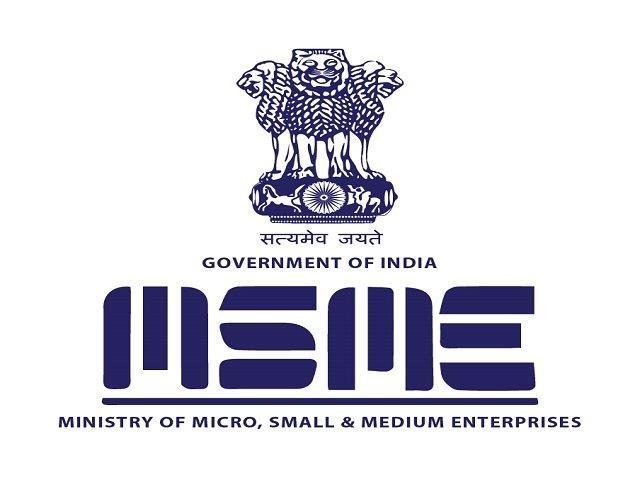
In a major advancement aimed at boosting logistics efficiency, reducing congestion, and enhancing nationwide connectivity, India has introduced eight new high-speed national road corridors, covering a total of 936 kilometers. With a substantial investment of ₹50,655 crore, these corridors are set to transform transportation and fuel economic growth across the country, as announced by MyGovIndia on X, the citizen engagement platform of the Government of India.
The Agra-Gwalior corridor is designed to significantly improve travel to iconic tourist destinations such as the Taj Mahal, Agra Fort, and Gwalior Fort. This corridor will double traffic capacity and cut travel time by 50%, enhancing both tourism and local travel efficiency.
The Kharagpur-Moregram corridor will serve as a crucial link between West Bengal, Odisha, Andhra Pradesh, and the North-East, increasing traffic capacity by over five times and facilitating greater accessibility and regional development.
Another pivotal project is the corridor connecting industrial regions in Punjab, Haryana, and Rajasthan with major ports in Maharashtra. This development aims to boost logistics efficiency, industrial growth, and the seamless movement of goods, reinforcing India’s position as a global manufacturing hub.
The Ayodhya Ring Road project will enhance the pilgrimage experience for millions visiting the Ram Mandir, offering quicker travel and supporting regional tourism and infrastructure development.
The Pathalgaon and Gumla sections of the Raipur-Ranchi corridor will improve connectivity between mining areas and industrial zones, promoting industrial growth and economic development in these regions.
The Kanpur Ring Road project will complete a 6-lane National Highway Ring around Kanpur, reducing congestion and enhancing traffic flow within the city and to other regions, transforming Kanpur’s urban landscape.
The Northern Guwahati Bypass project, including a major bridge over the Brahmaputra, will greatly enhance connectivity in Assam, improving travel efficiency and supporting regional development.
The Nashik Phata-Khed corridor will boost travel between Pune and Nashik, alleviating congestion around Pimpri-Chinchwad and fostering industrial growth in the region.
These high-speed road corridors represent a significant leap towards India’s vision of seamless connectivity and robust infrastructure. As these projects unfold, they are expected to revolutionize travel, catalyze economic growth, and drive regional development, positioning India as a burgeoning global economic powerhouse.





